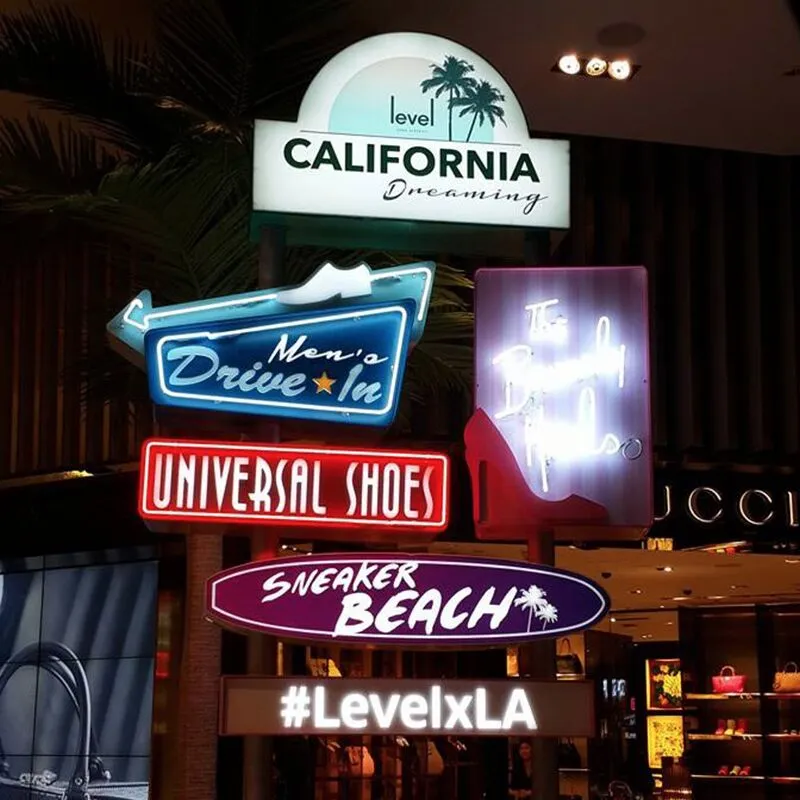
The signage manufacturing process typically consists of five stages, each playing a vital role in transforming conceptual ideas into tangible products. If you are looking to work with sign manufacturers Dubai, understanding these phases enables to manage expectations, allocate resources efficiently, and maintain open communication channels throughout the entire journey. Below are detailed descriptions of the stages of signage manufacture:
Design development:
This initial stage focuses on translating client visions into actionable plans, refining concepts, and establishing technical specifications. Collaborative brainstorming sessions between designers, project managers, and engineers generate creative solutions that balance aesthetics, functionality, and feasibility. Using Computer-Aided Design (CAD) tools, designers develop sketches, renderings, or 3D models illustrating proposed layouts, typography, color schemes, and material choices. Finalized designs must comply with brand guidelines, zoning codes, and safety regulations while maximizing visual impact and communicating core messages effectively.
Fabrication planning:
Upon approval of design concepts, fabrication teams proceed to plan production sequences, procure raw materials, and assign personnel roles. Careful consideration goes into selecting appropriate manufacturing techniques, machinery setup, and tooling configurations to ensure efficient execution and consistent output quality. Accurate cut lists, bill of materials, and routing sheets facilitate smooth transitions between departments, reducing waste and errors. Contingency measures address challenges arising from supply chain disruptions, equipment failures, or unexpected design changes.
Production execution:
At this point, skilled technicians utilize state-of-the-art machinery and hand tools to shape, assemble, and finish sign components according to established protocols. Key processes may encompass cutting, bending, welding, painting, screen printing, digital printing, or LED integration, depending on the complexity of the project. Quality assurance checks occur periodically to verify dimensional tolerances, alignment, and adherence to industry standards. Skilled artisans perform finishing touches such as polishing, deburring, touch-ups, or installing hardware components to elevate overall presentation and endurance.
Inspection & packaging:
Inclusive inspections validate completed signs against original specifications, identifying discrepancies and initiating corrective actions if needed. Trained inspectors scrutinize every aspect, including structural integrity, electrical compliance, aesthetic cohesion, and legibility. Upon passing evaluation, signs enter packaging phase where protective coverings, cushioned liners, and secure fasteners safeguard delicate surfaces and fragile edges during transportation. Custom crates or pallets accommodate large-scale items, ensuring safe transit and hassle-free unloading upon arrival at destination sites.